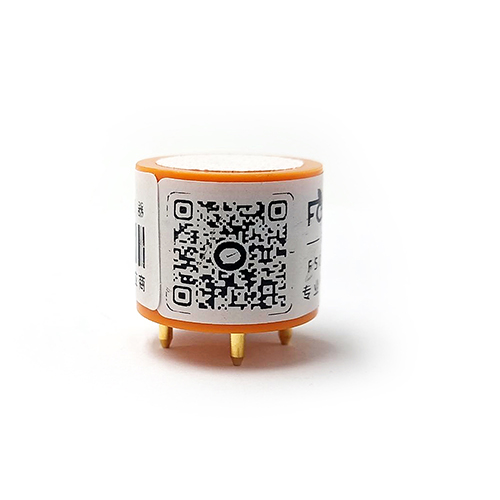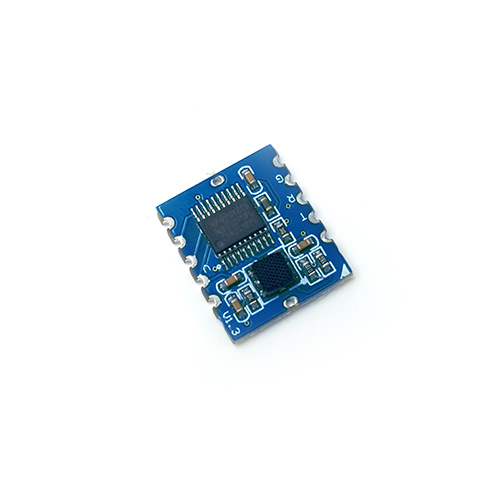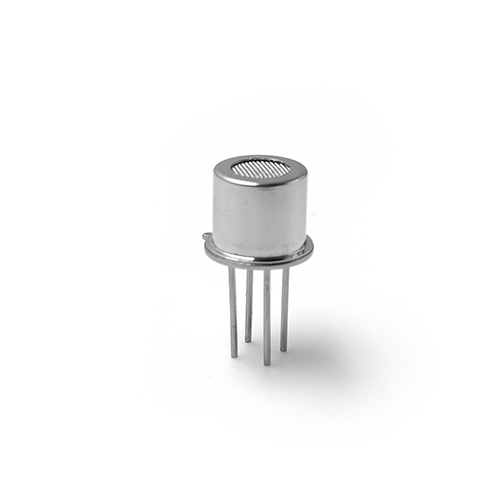Iot air quality monitoring system
With the continuous acceleration of urbanization, environmental pollution problems are becoming increasingly serious. In order to improve the urban environment and improve the quality of life of residents, the IoT air quality monitoring system came into being. This article will introduce the development of an urban air quality monitoring system based on Internet of Things technology, which can achieve comprehensive monitoring and management of urban air quality.

Iot air quality monitoring system Overview
The IoT air quality monitoring system consists of the following parts: sensors, data collectors, data processing centers and communication modules. Sensors are used to detect indicators such as particulate matter, harmful gases, and volatile organic compounds in the air. The data collector collects and processes the data collected by the sensor, and uploads the data to the data processing center, which processes and analyzes the data. Generate various reports and statistical data. The communication module is responsible for the communication between the sensor and the data processing center, so that the sensor can obtain data in real time, and the data processing center can process the data in real time.

System architecture design
The system architecture design is as follows:
1.Sensor layer
Sensors include Particle Matter sensor, Odor/Toxic Sensor and TVOC sensor, etc., which are used to monitor various indicators in the air. The sensor adopts the Internet of Things technology, and the sensor is connected with the data collector through the wireless sensor network (WSN). The data collector is responsible for collecting and processing the data collected by the sensor, and uploading the data to the data processing center.
2.Data acquisition layer
The data acquisition layer includes data collectors, transport layer and data processing center. The data collector transmits the data collected by the sensor to the transport layer in real time through the Internet of Things technology. The transport layer is responsible for format conversion and data compression of the data, and uploads the data to the data processing center. The data processing center uses cloud computing technology to process and analyze data through the data center server, and generate various reports and statistical data.
3.Data processing layer
The data processing center uses big data analysis technology to process and analyze the collected data and generate various reports and statistical data. The data processing center can generate various statistical data according to the values of various indicators, such as air quality index (AQI), PM2.5, concentration of volatile organic compounds, etc., and can formulate corresponding management policies according to different urban policies.

System implementation
System implementation includes three main steps: sensor deployment, data acquisition and data processing.
1.Sensor deployment
Sensors can be deployed in different places, such as parks, shopping malls, schools, etc., through wireless sensor networks (WSN) to monitor urban air quality in real time. The sensor can set different monitoring thresholds. When the threshold is detected, the sensor will automatically send an alarm and upload the data to the data collector.
2.Data collection
The data collector collects and processes the data collected by the sensors through the Internet of Things technology, and uploads the data to the data processing center. The data collector can set different data collection time intervals. When the data interval exceeds the set value, the data collector will automatically stop collecting data.
3.Data processing
The data processing center uses cloud computing technology to process and analyze data through the data center server, and generate various reports and statistical data. The data processing center can generate various statistical data according to the values of various indicators, such as air quality index (AQI), PM2.5, concentration of volatile organic compounds, etc., and can formulate corresponding management policies according to different urban policies.

Analysis of system advantages and disadvantages
System advantages:
1.Real-time monitoring: The system can monitor urban air quality in real time and give early warning of environmental pollution incidents.
2.Accurate data: The system adopts sensor and cloud computing technology, and the collected data is accurate and reliable.
3.Scalability: The system is scalable, and more sensors and data processing centers can be added according to changes in urban air quality.
System disadvantages:
1.High cost: The cost and technical difficulty of sensors and data transmission equipment are high, requiring a large amount of investment.
2.Data privacy protection: The data collected by the system needs to be disclosed, which may reveal personal privacy.
3.Communication distance limitation: The communication distance between the sensor and the data processing center may be limited by the distance between the sensor and the data processing center.





